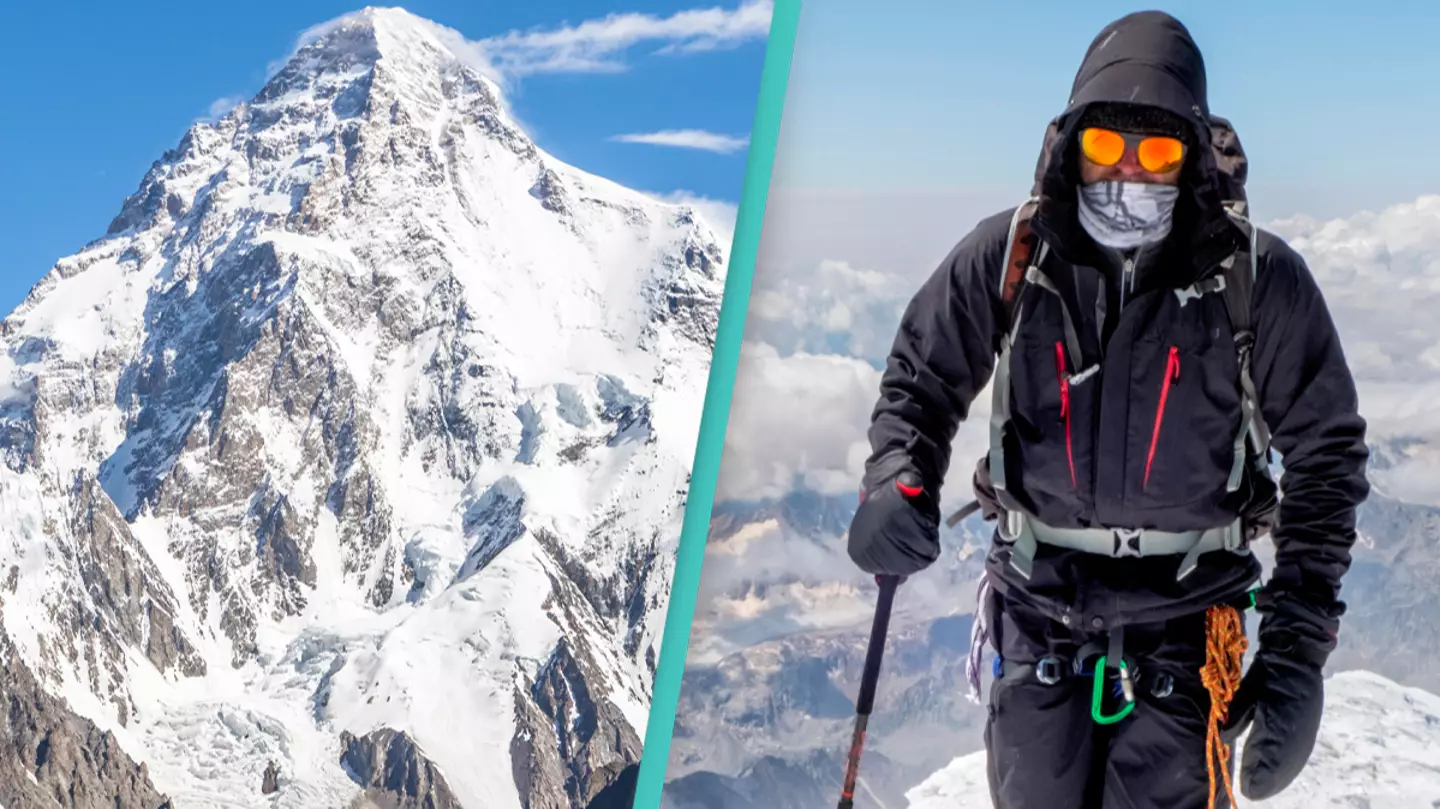
There's a mountain on Earth that's much deadlier than Everest with a 25% death rate
The Earth's highest mountain is not as deadly as it once seemed
 Rhiannon Ingle
Rhiannon Ingle
Rhiannon Ingle is a Senior Journalist at Tyla, specialising in TV, film, travel, and culture. A graduate of the University of Manchester with a degree in English Literature, she honed her editorial skills as the Lifestyle Editor of The Mancunian, the UK’s largest student newspaper. With a keen eye for storytelling, Rhiannon brings fresh perspectives to her writing, blending critical insight with an engaging style. Her work captures the intersection of entertainment and real-world experiences.